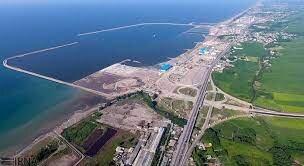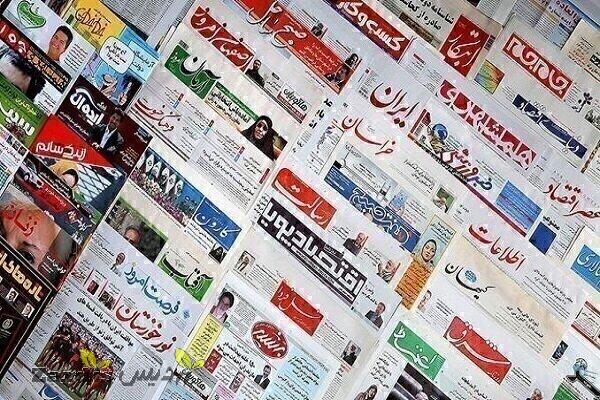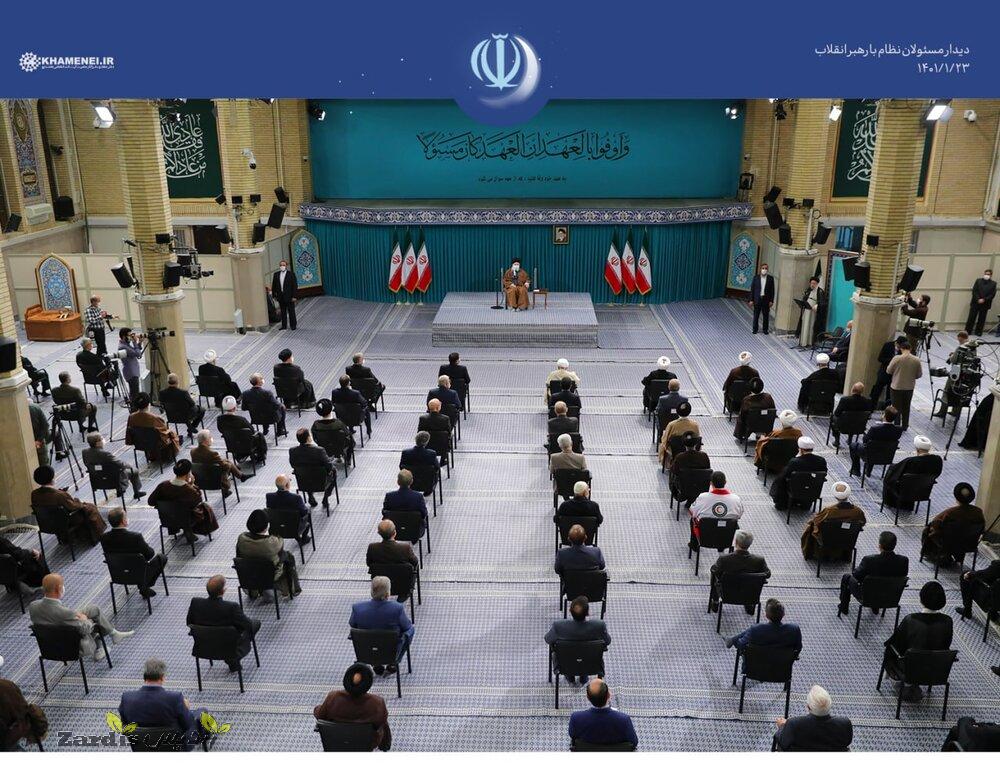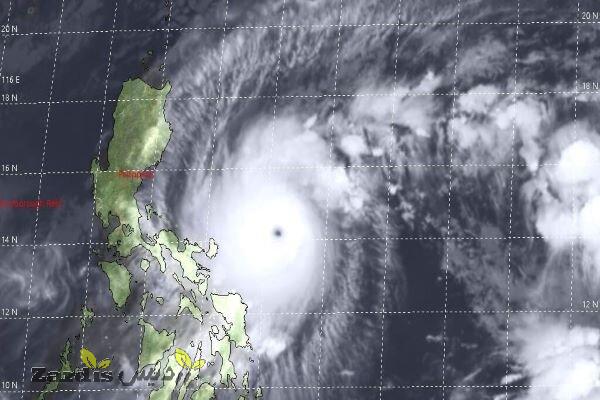TEHRAN – As announced by Secretary of Iranian Free Zones High Council Hamidreza Mo’meni, some new free trade zones (FTZs) are planned to be set up in the country in the current Iranian calendar year (March 20, 2022).
Saying that new FTZs will be set up based on the order of the president, the official said: “If we can settle the subject of the comprehensive plans of these zones, I think by the end of this year, the new free zones will be added to the existing ones.”
Last week, 62 development projects worth 31.05 trillion rials (over $739.2 million) were put into operation in Iran’s free trade and special economic zones, in the 78th series of inauguration ceremonies since the previous Iranian calendar year (ended on March 20).
As reported by the government portal, President Hassan Rouhani inaugurated the mentioned projects through video conferencing in various provinces including West Azarbaijan, East Azarbaijan, Hormozgan, Gilan, and Sistan-Baluchestan.
Put into operation in Kish, Maku, Chabahar, Aras, and Anzali free trade, and special economic zones, the said projects are going to provide direct employment for about 2,388 people.
Speaking in the inauguration ceremony, Rouhani underlined the significant role of the country’s free trade and economic zones in the country’s economy.
“Free trade and special economic zones play an important role in the economy and employment, and in this government, great work has been done in these areas,” the president said.
He also mentioned the importance of Chabahar Port’s free trade zone, saying: “Chabahar Free Zone is of special importance to us because Chabahar Port itself has a strategic and important position and in the future will be one of the first and most important ports in the country.”
Back in June, Rouhani had inaugurated and commenced 52 development projects worth 620 trillion rials (over $14.7 billion) in the country’s free trade and special economic zones, in the 74th series of inauguration ceremonies since the previous Iranian calendar year.
As reported, over the past year, six series of inauguration series have been done in the country’s free trade and special economic zones, two of which have been in the current Iranian calendar year (started on March 21).
According to the secretary of Iranian Free Zones High Council, currently, 621 development projects are being implemented in free trade and special economic zones, which have average physical progress of 50 percent.
Establishment of free trade zones in Iran dates back to Iranian calendar year 1368 (March 1989- March 1990) following the fall in the country’s oil income in the preceding year which prompted the government to promote the non-oil exports.
The first two free trade zones of Iran were established in the south of country. The first one was Kish Free Trade Zone established in 1368 on Kish Island in the Persian Gulf and the second one was Qeshm Free Trade Zone established the year after on Qeshm Island in the Strait of Hormuz.
Some five other free trade zones have been also established in the country since then, including Chabahar in southeastern Sistan-Baluchestan Province, Arvand in southwestern Khuzestan Province, Anzali in northern Gilan Province, Aras in East-Azarbaijan Province and Maku in West-Azarbaijan Province, both in the northwest of the country.
While near three decades have passed since start of free trade zones activity in Iran, their planned objectives have not been fully achieved and their development is still facing some impediments.
Lack of proportion between the facilities and the objectives, lack of a national definition for free trade zones’ performance, limited resources for establishment and completion of infrastructures, no comprehensive management between the zones, and not complete implementation of zones management law are some of the barriers in the way of free trade zones’ activity and development in the country.
MA/MA
- News code 27318
- 336 View
- بدون نظر
Zardis news | The latest news of Iran and the world
تمامی حقوق مطالب برای Zardis news محفوظ است و هرگونه کپی برداری بدون ذکر منبع ممنوع می باشد.
طبق ماده 12 فصل سوم قانون جرائم رایانه ای کپی برداری از قالب و محتوا پیگرد قانونی خواهد داشت.
طراحی و اجرا: سامانه سایت ساز زردیس







